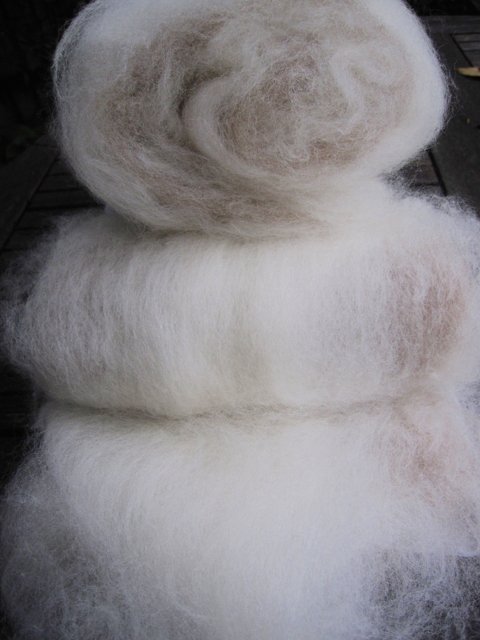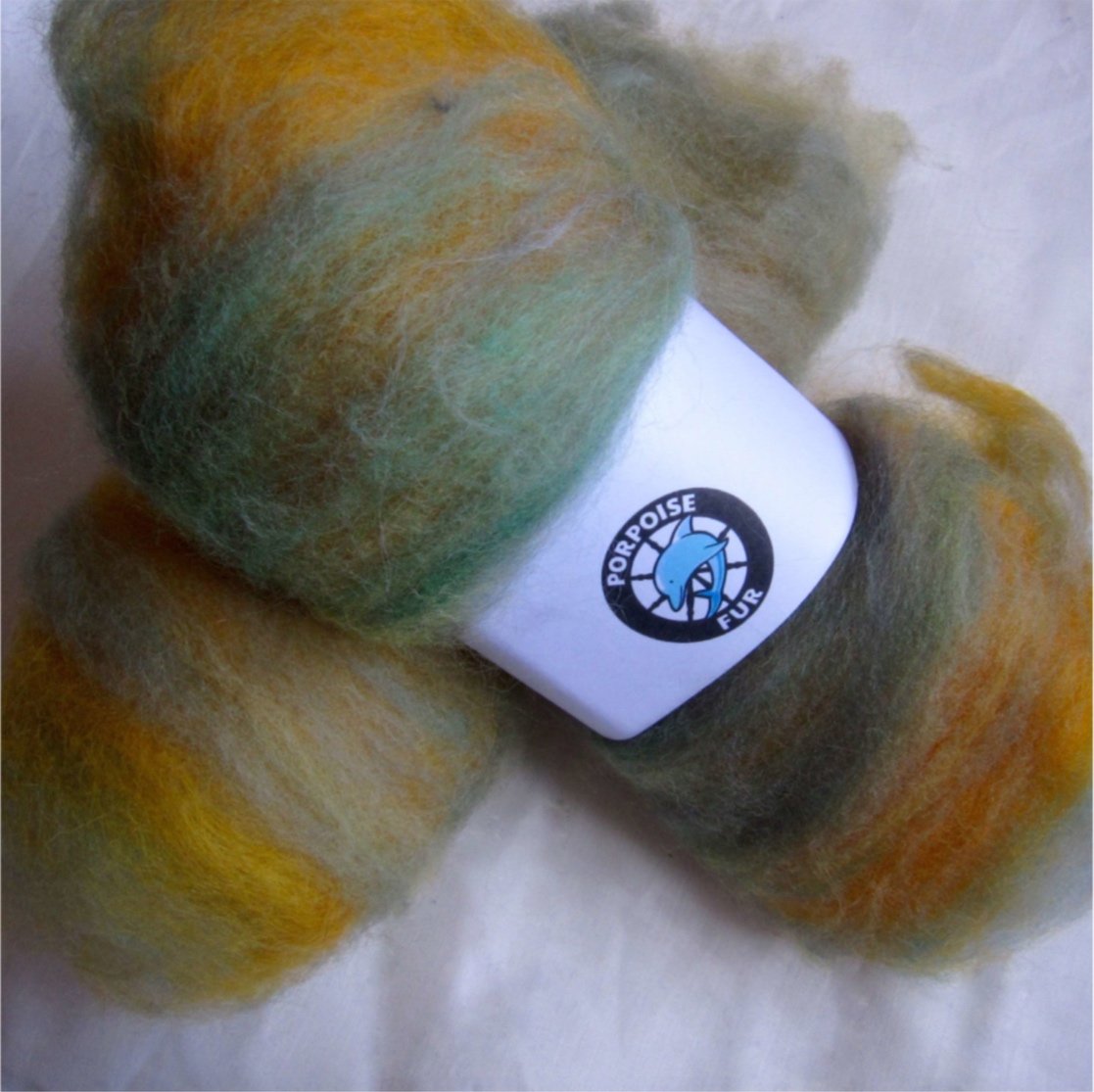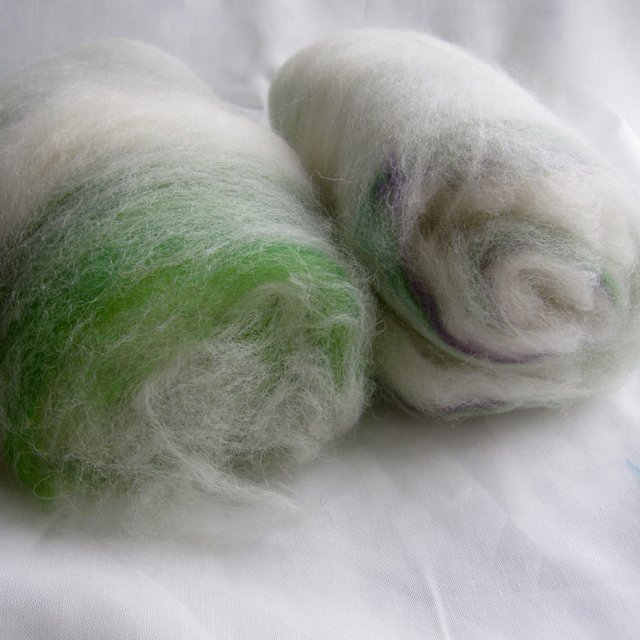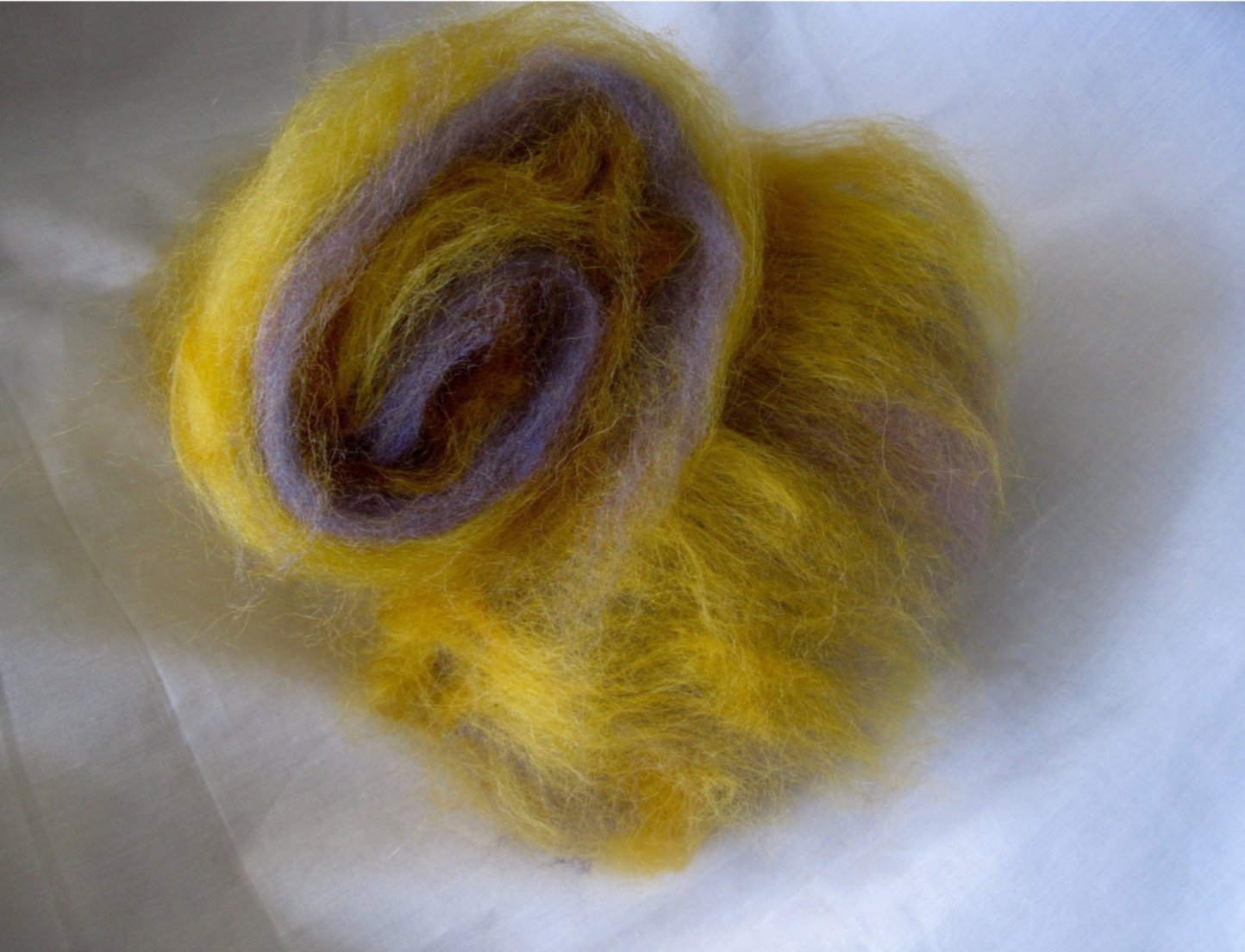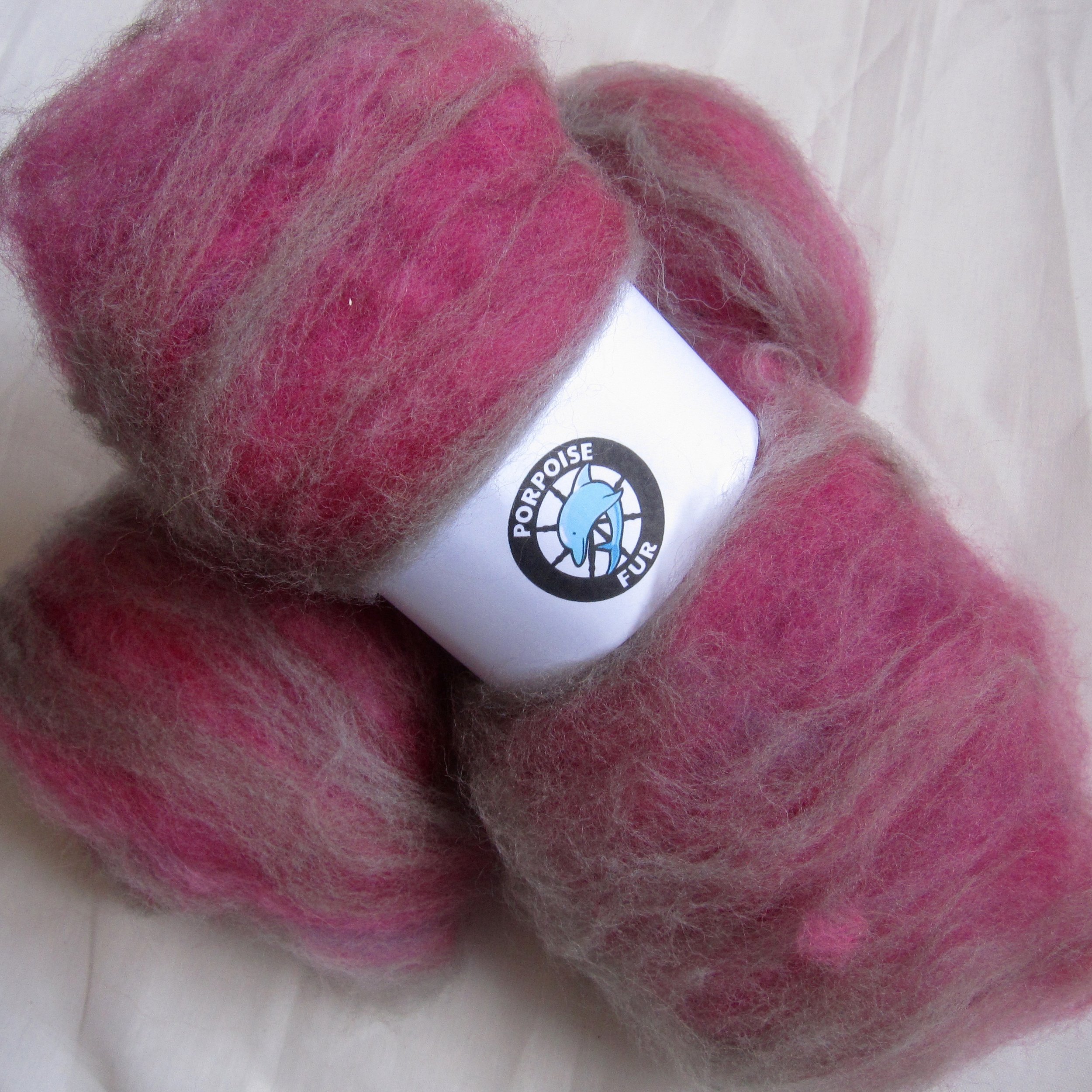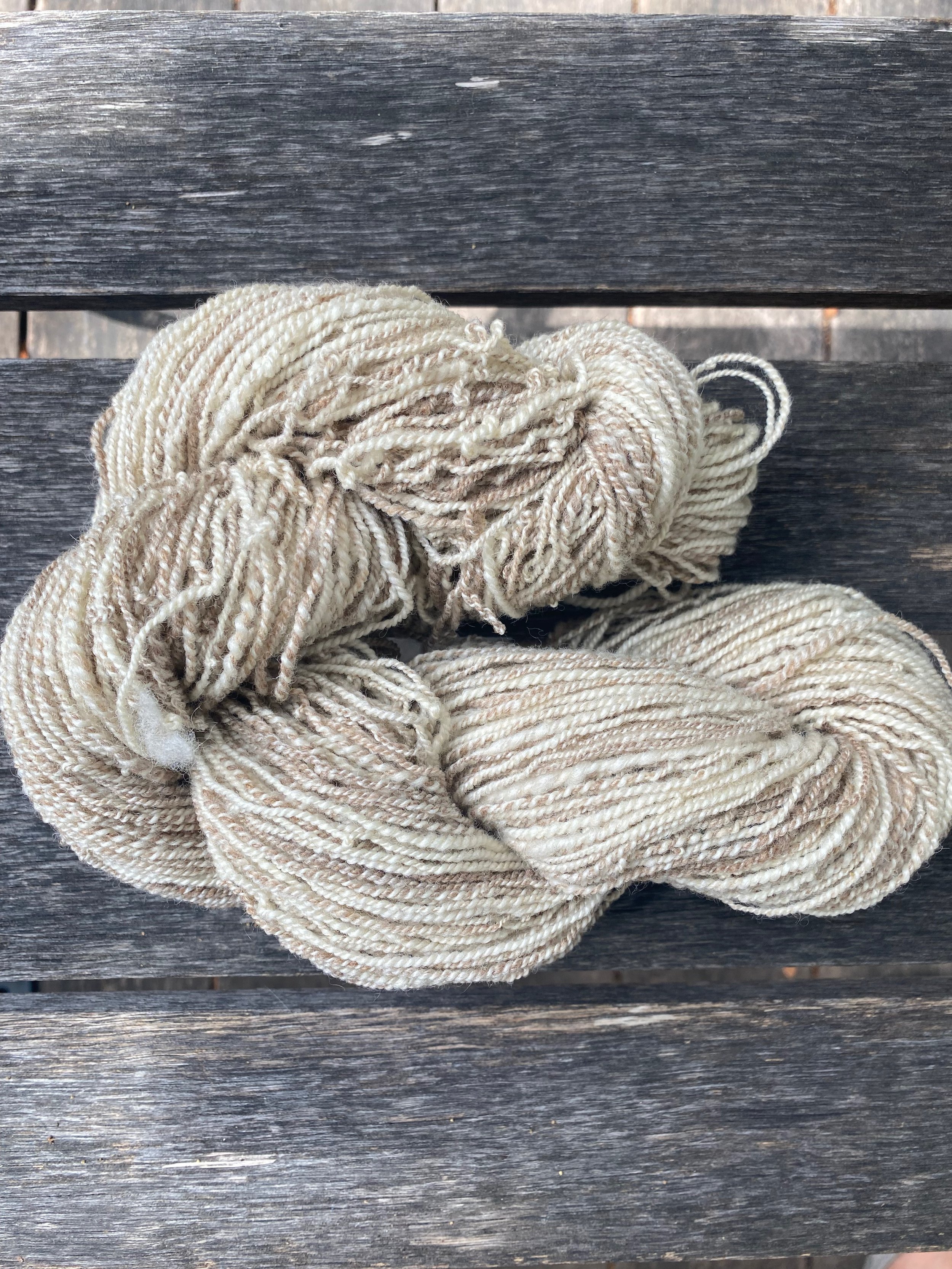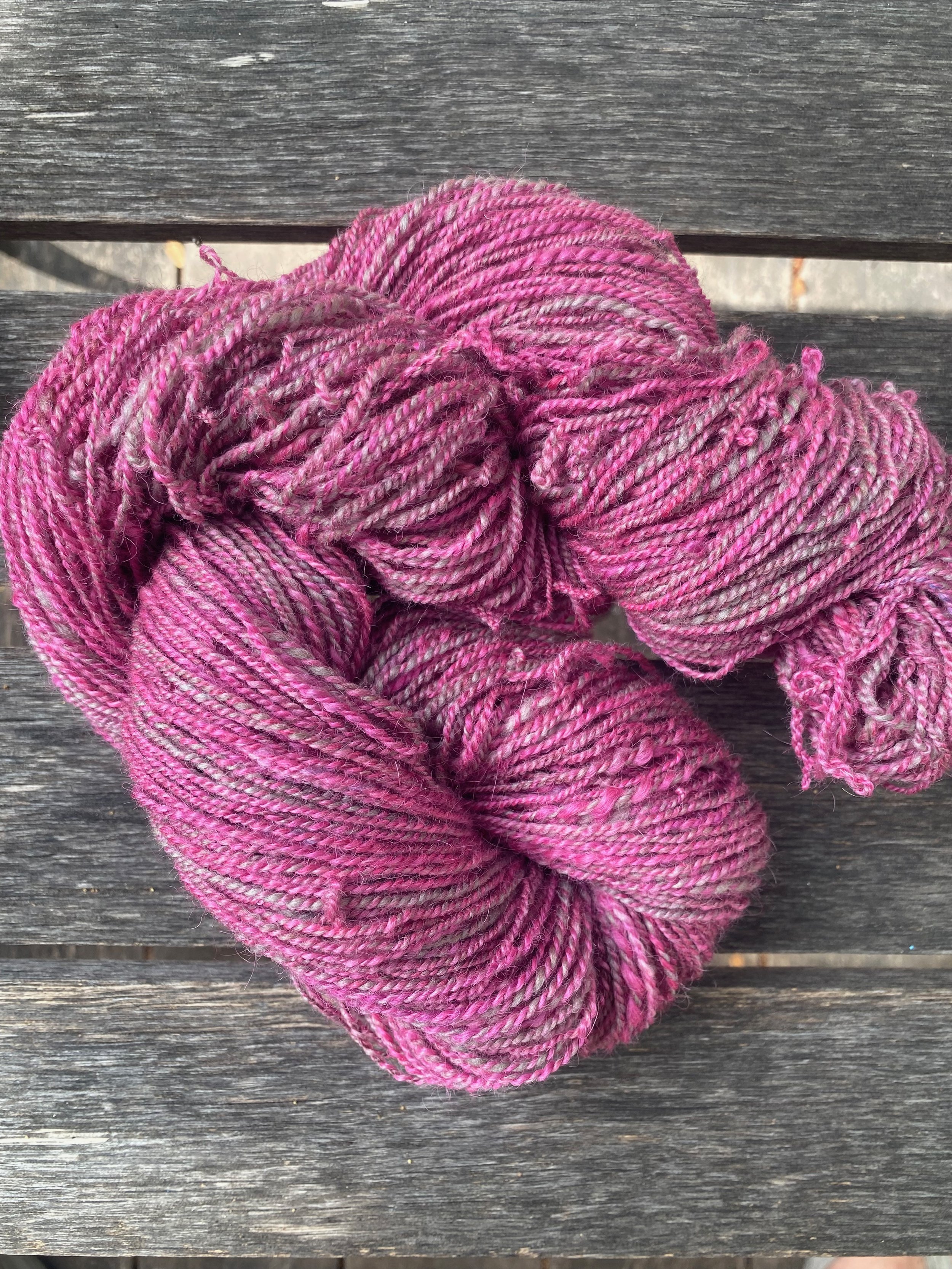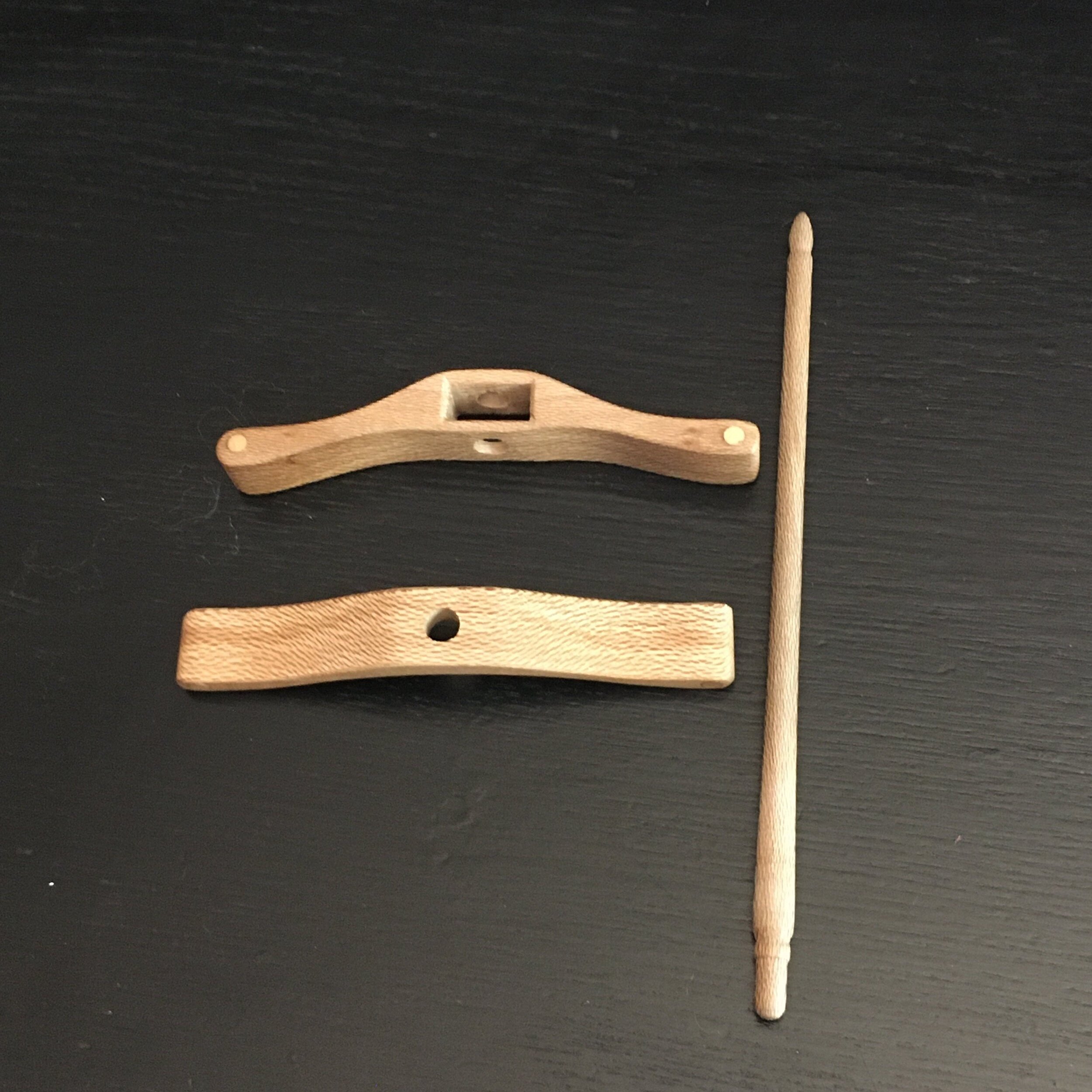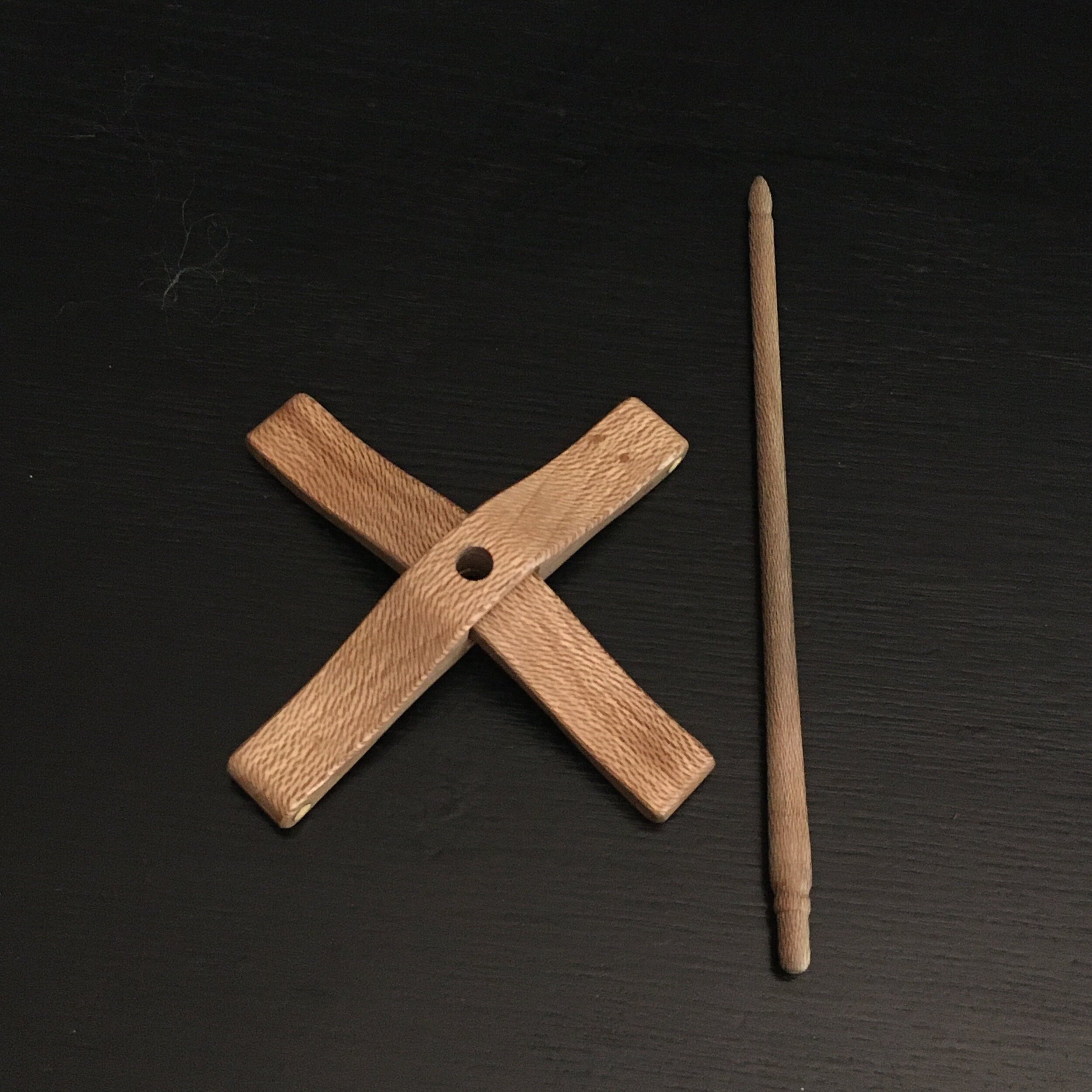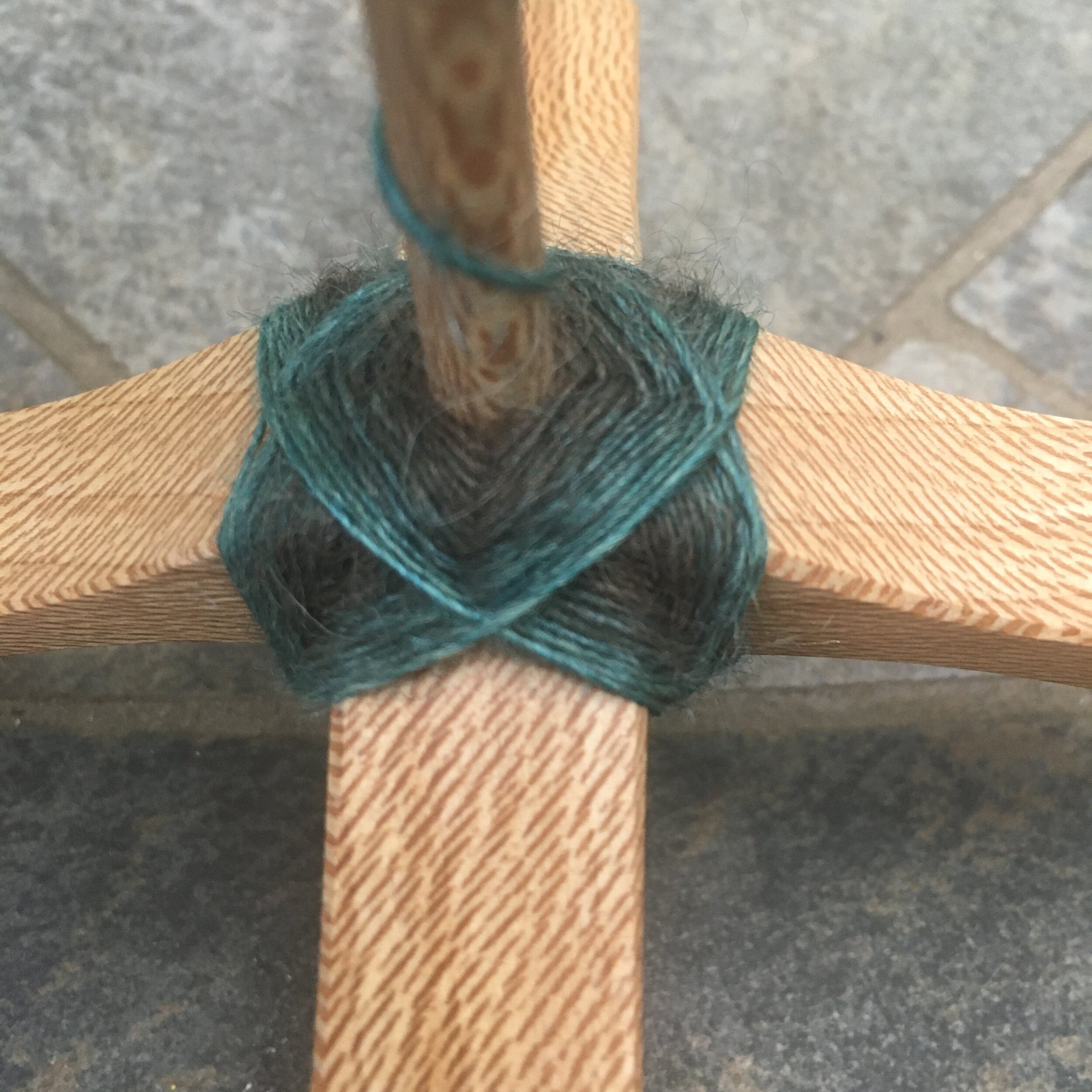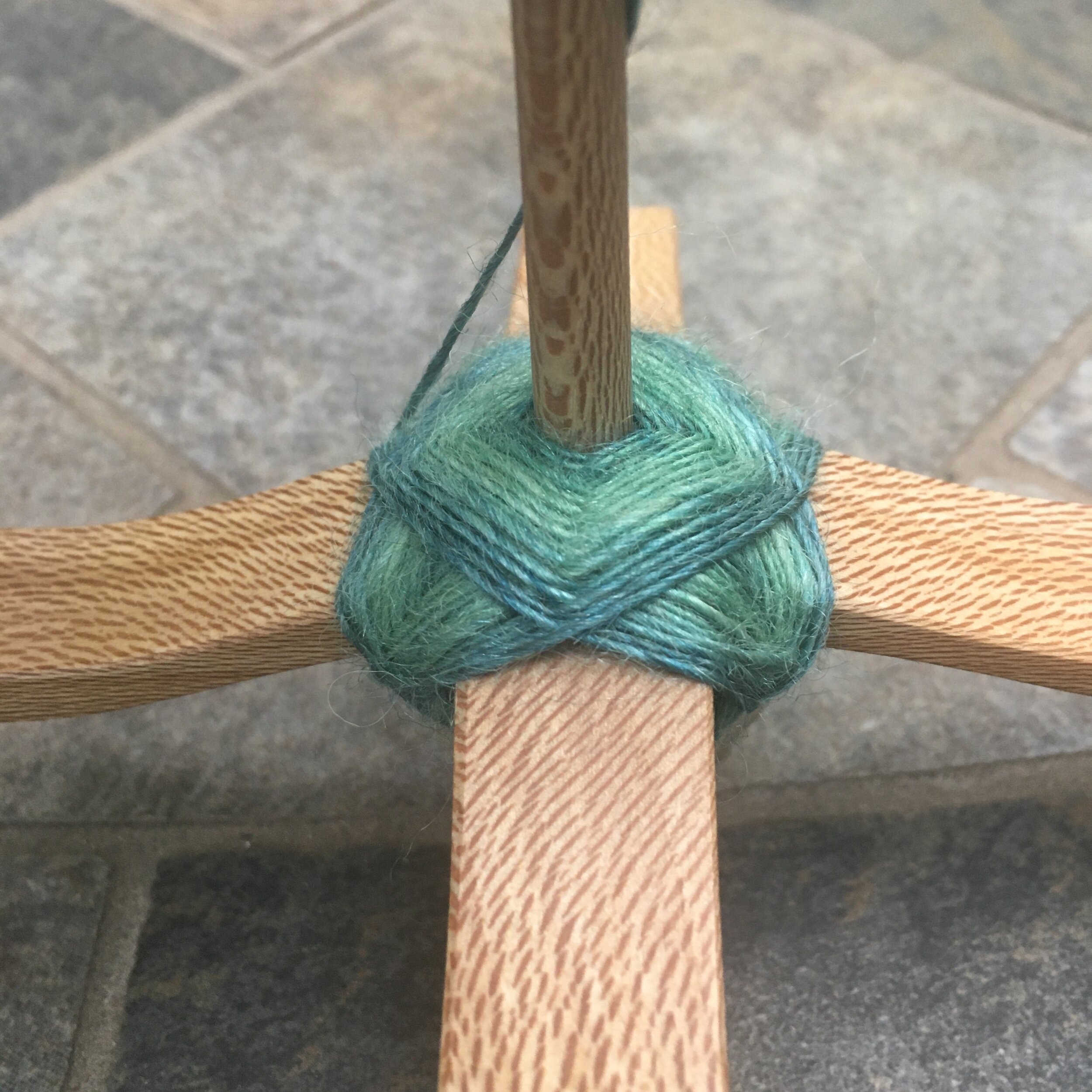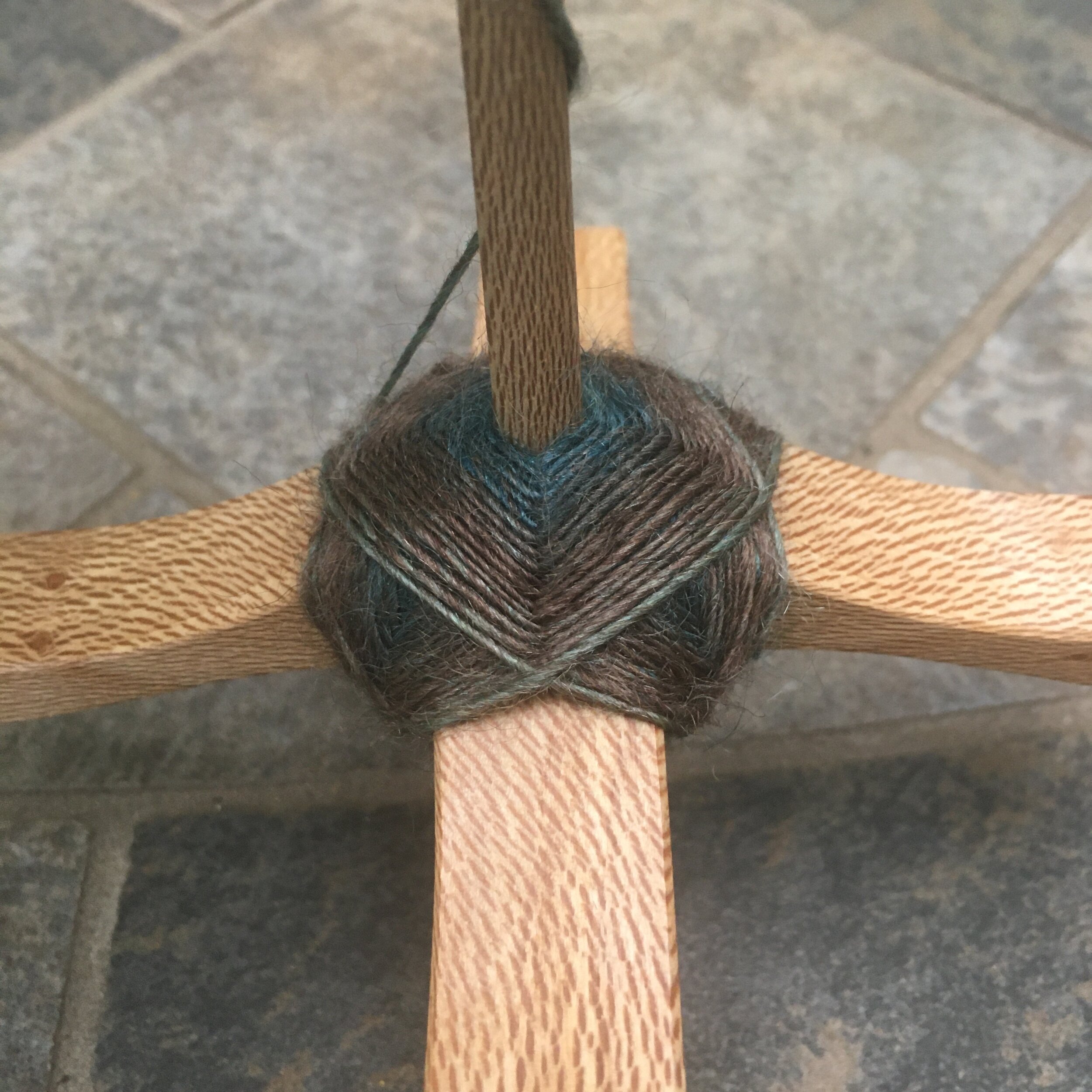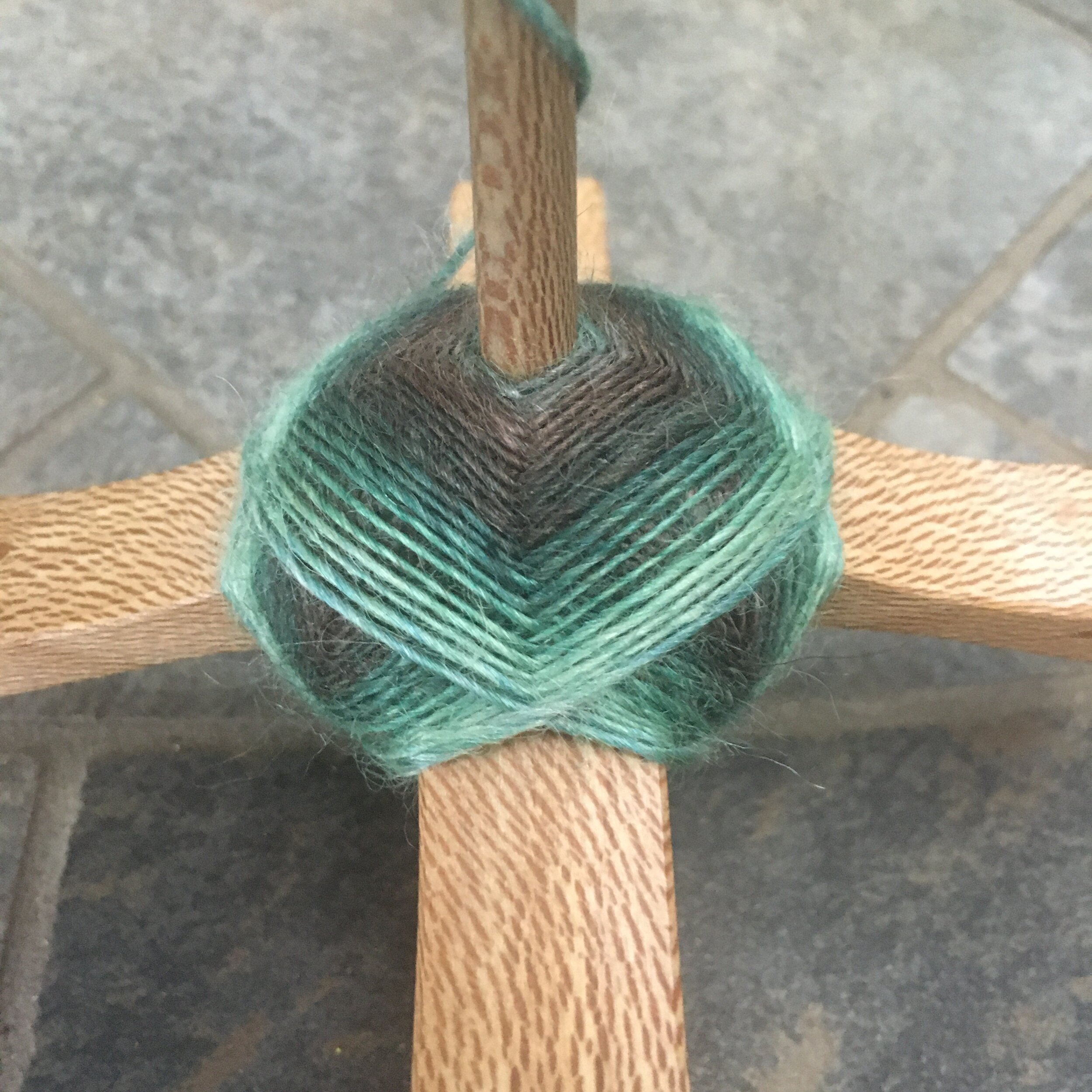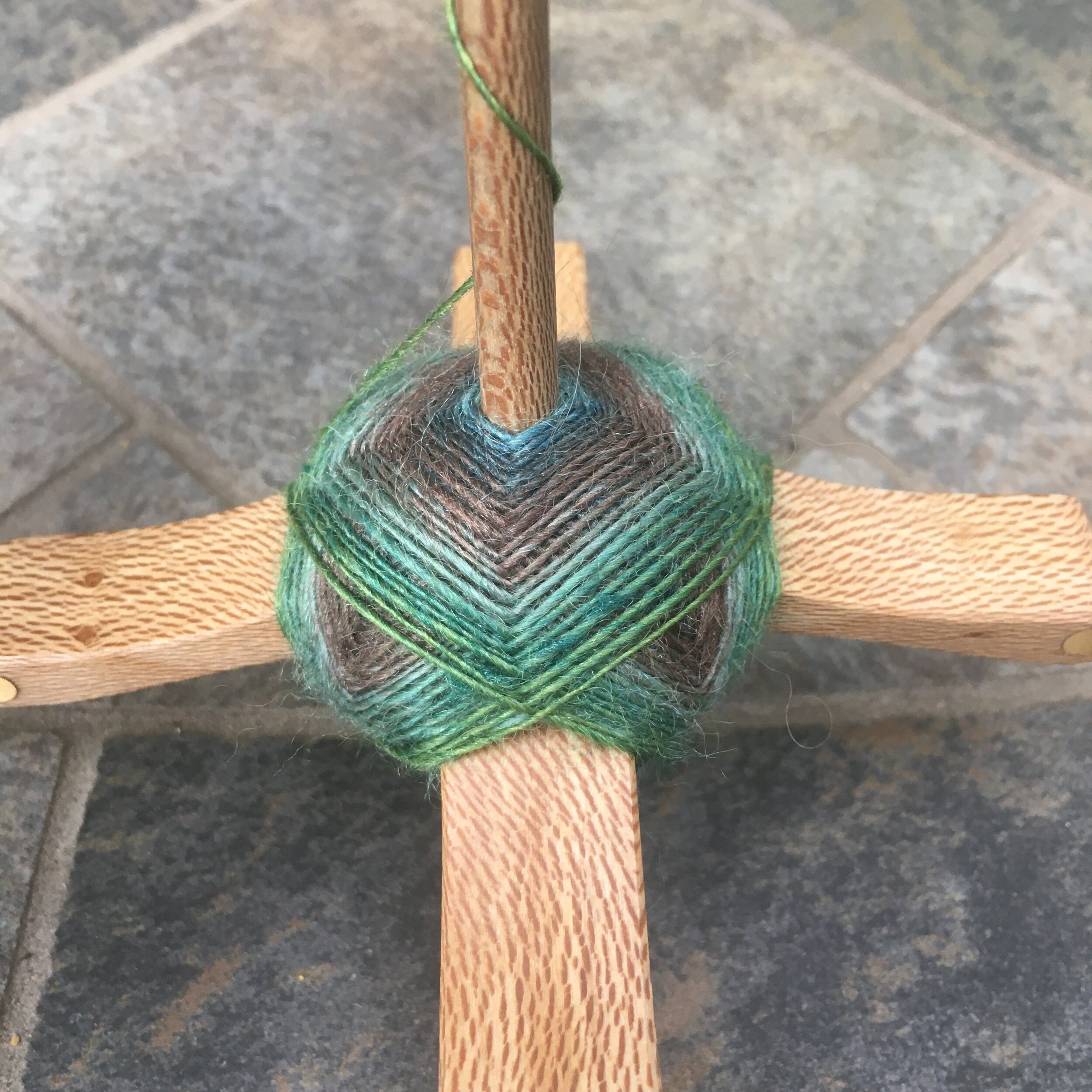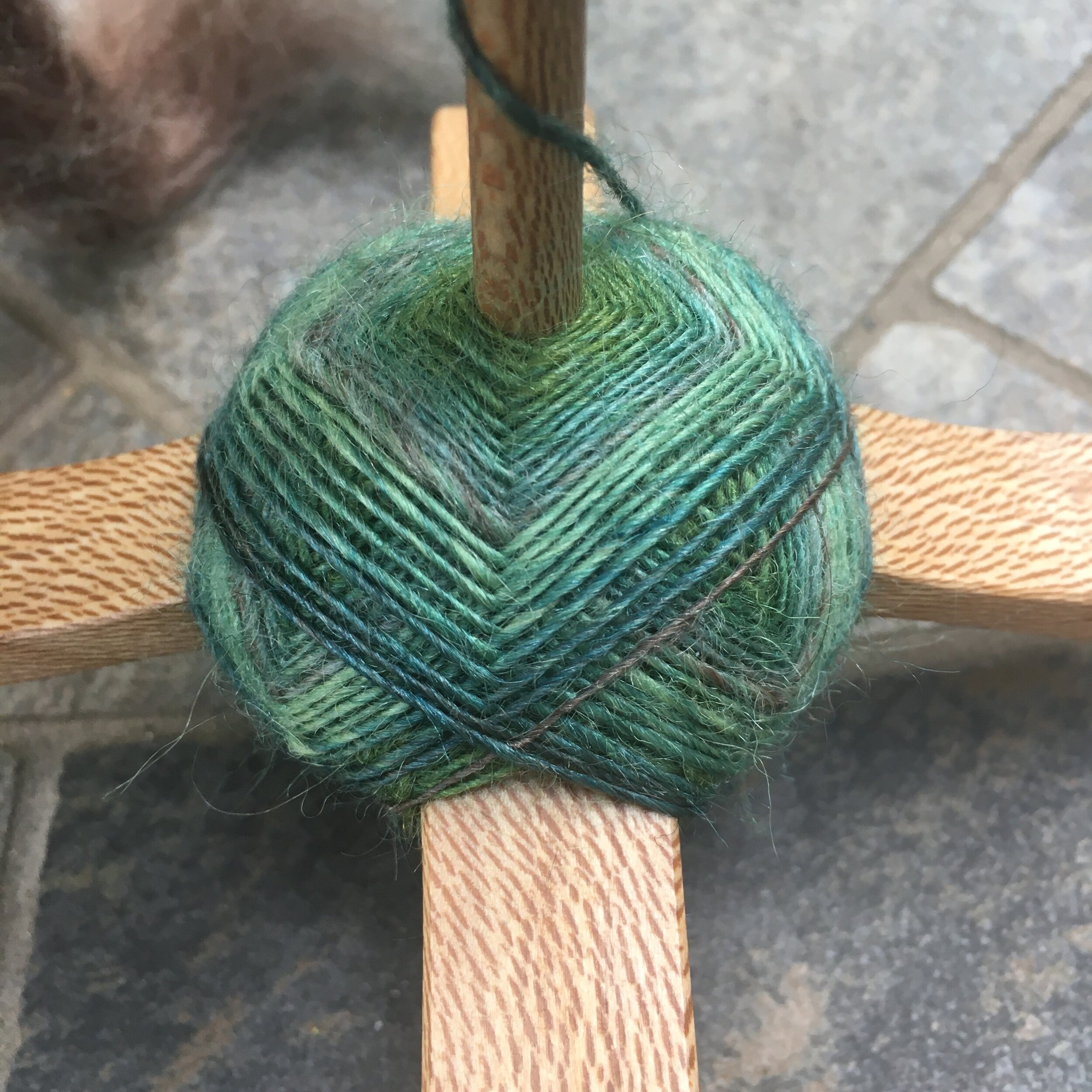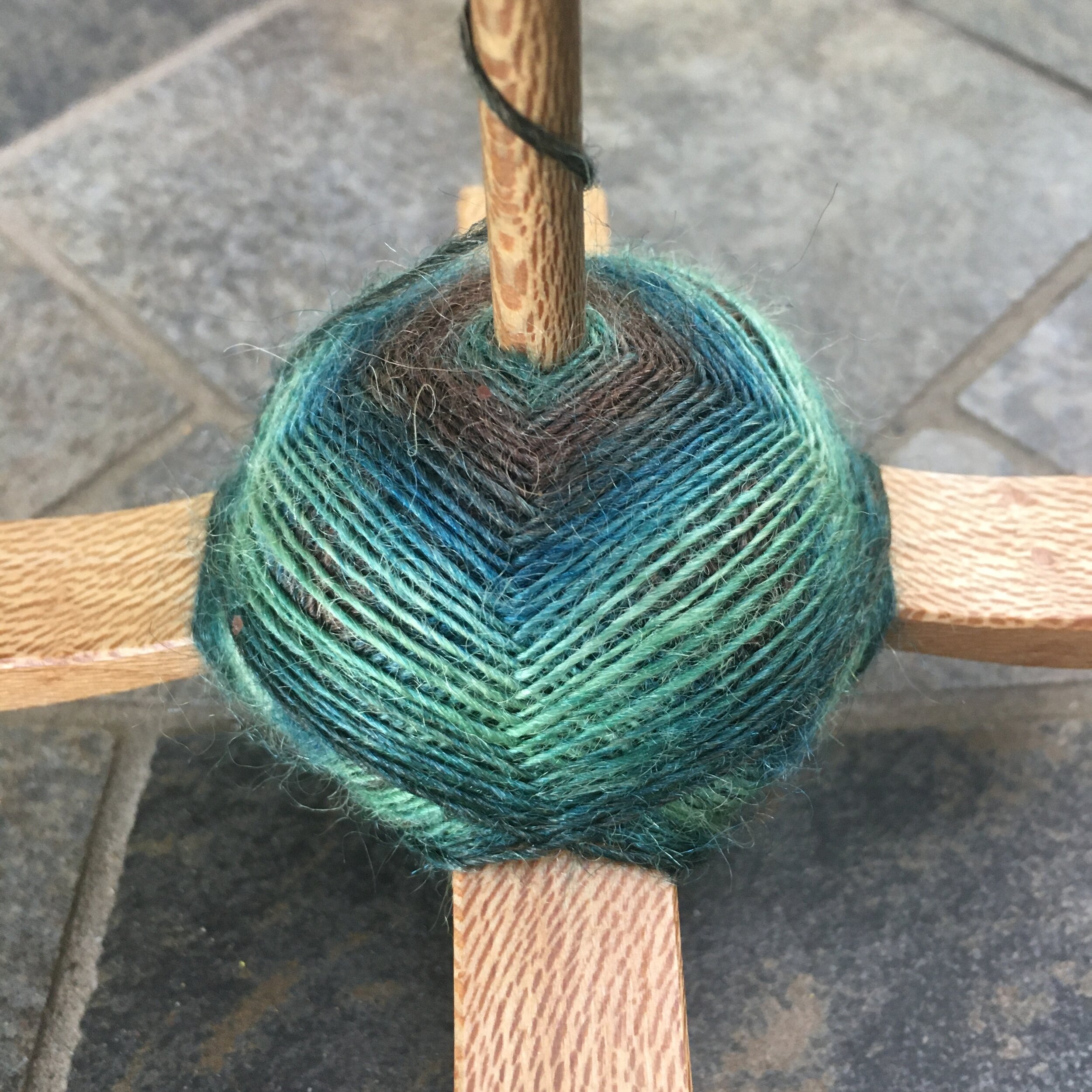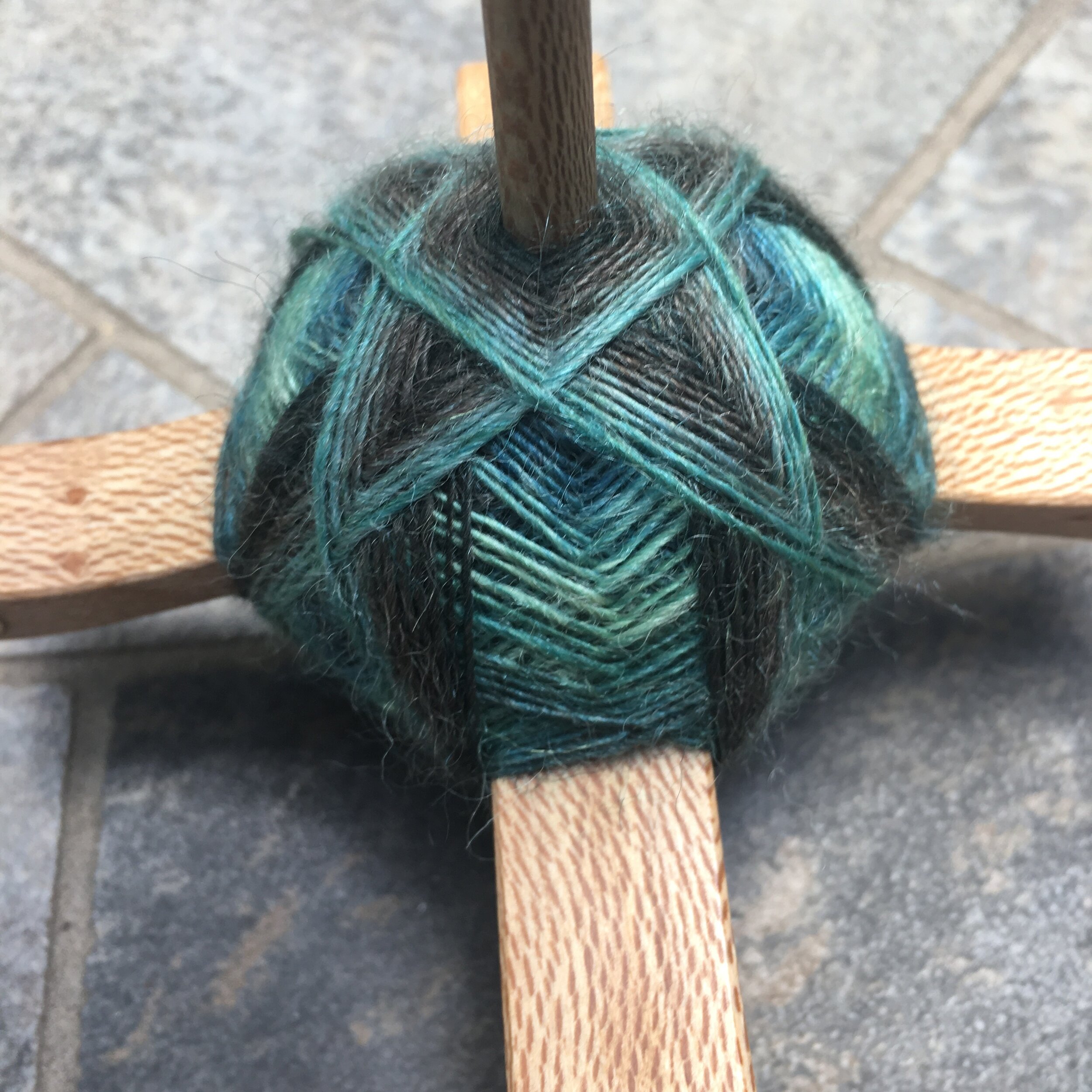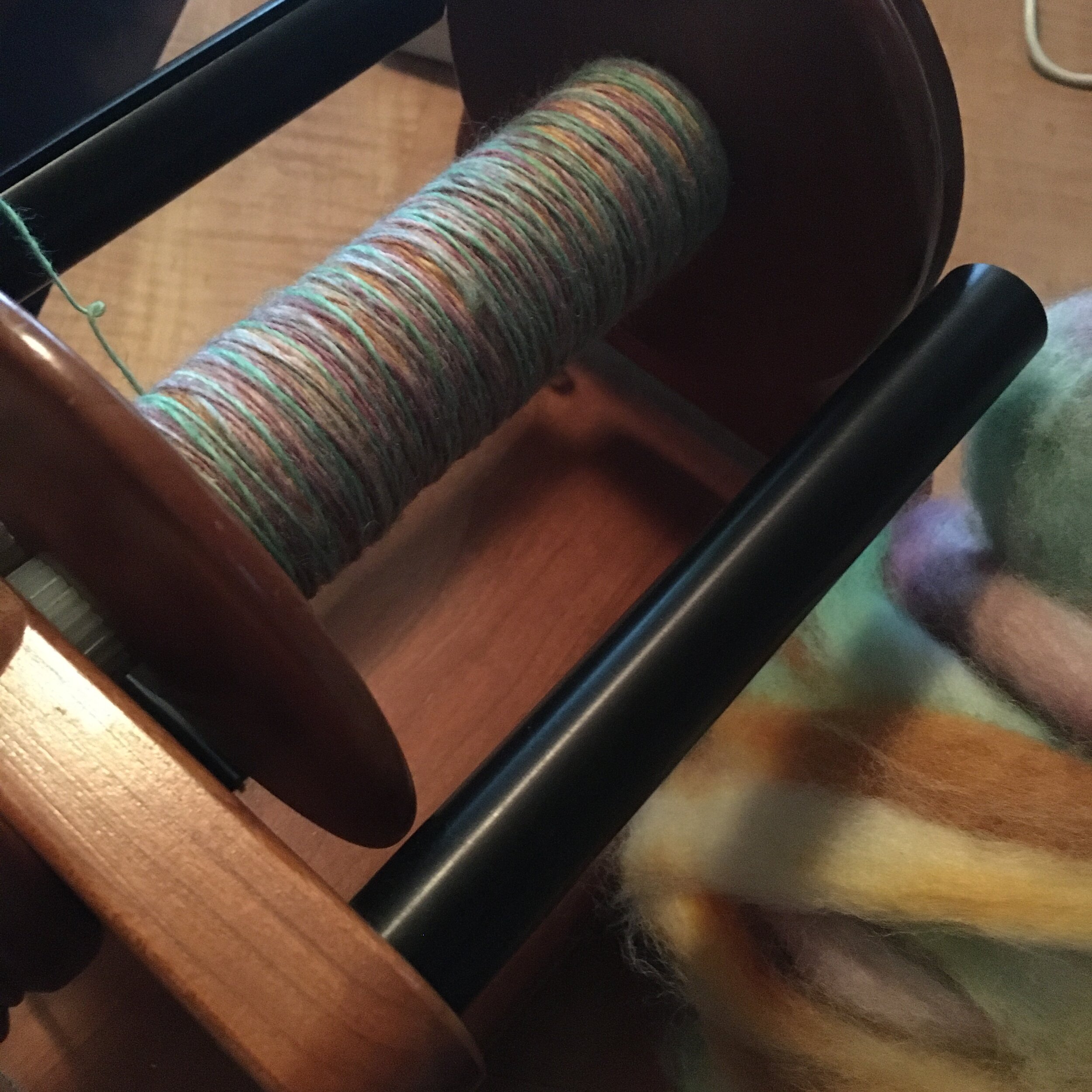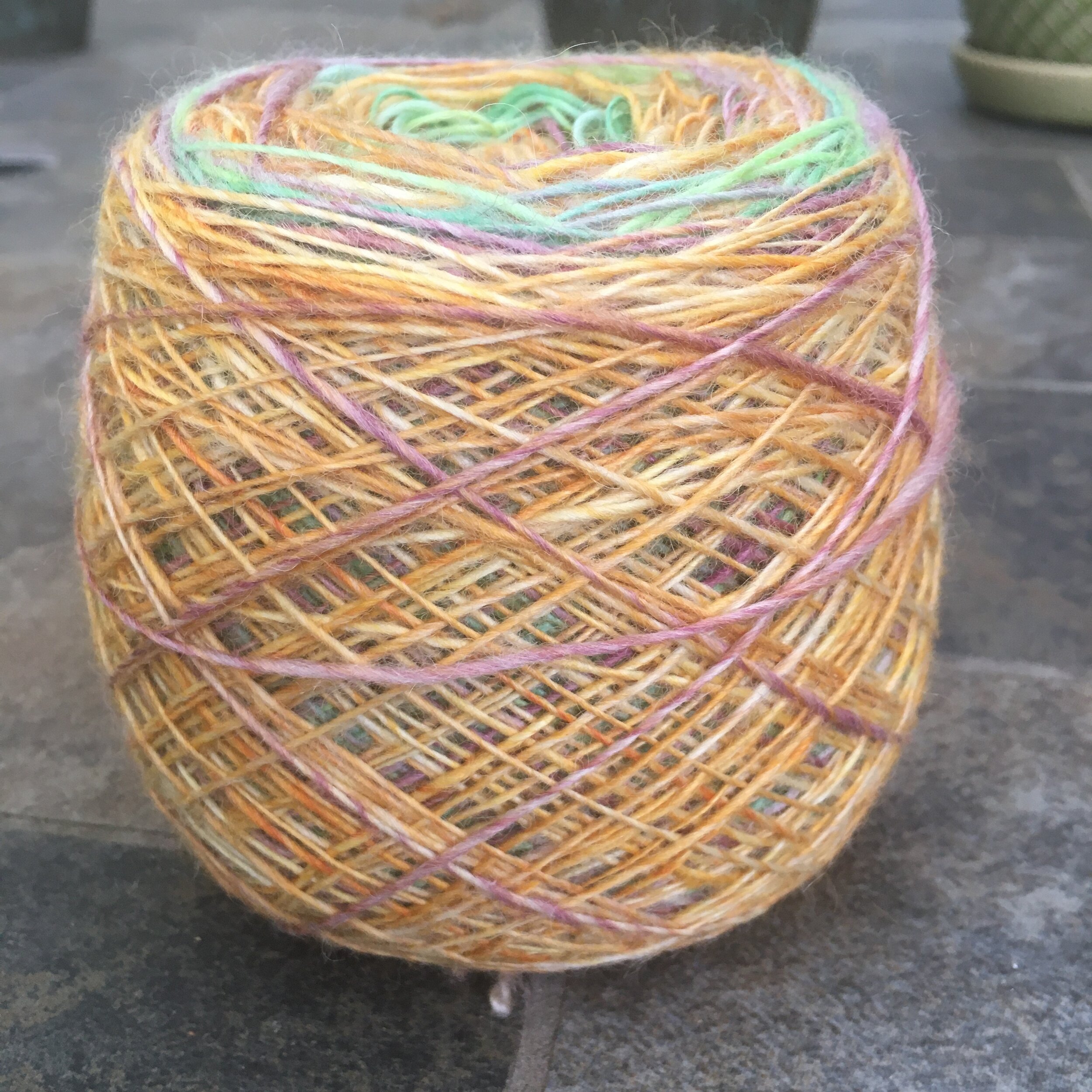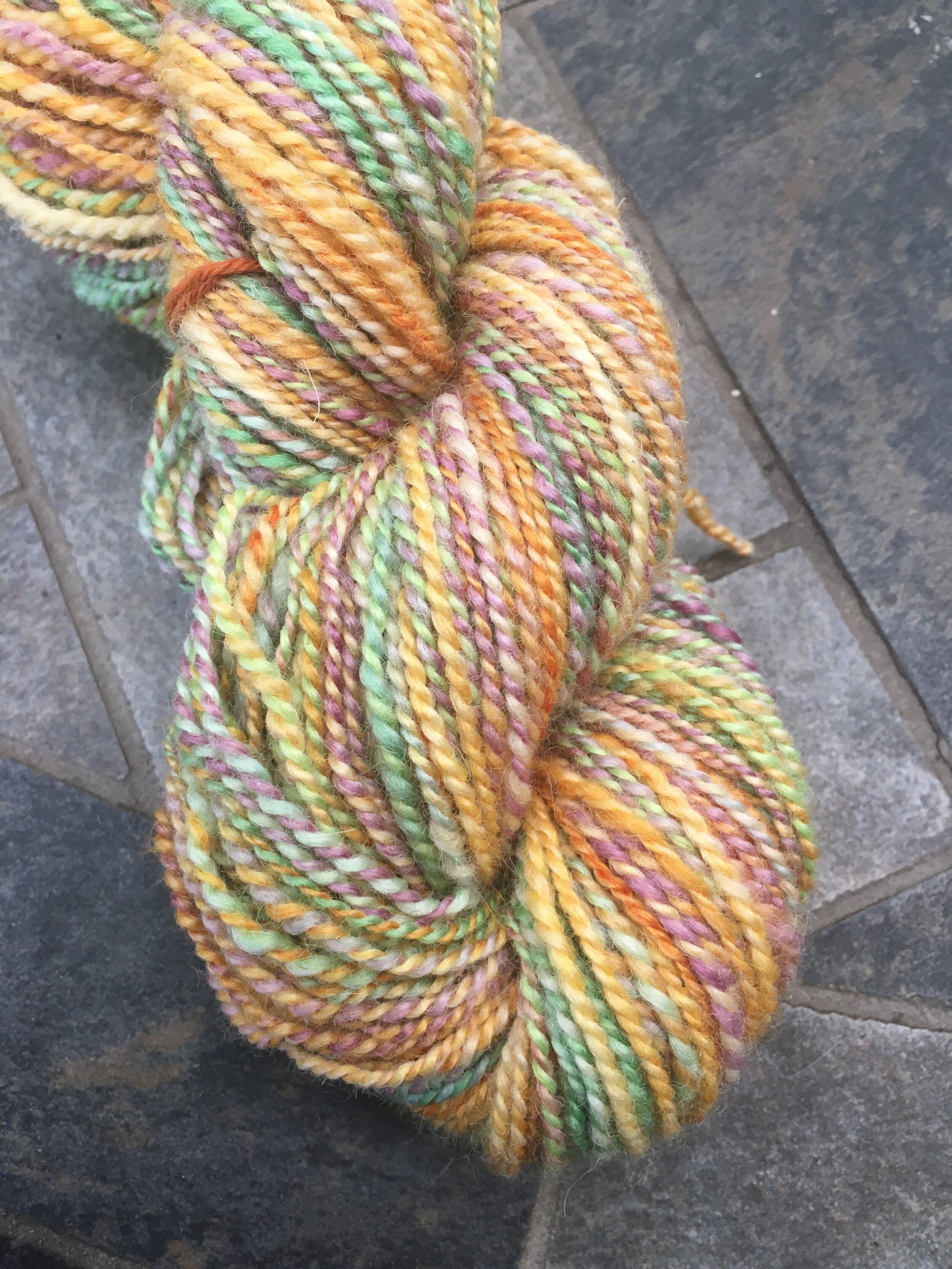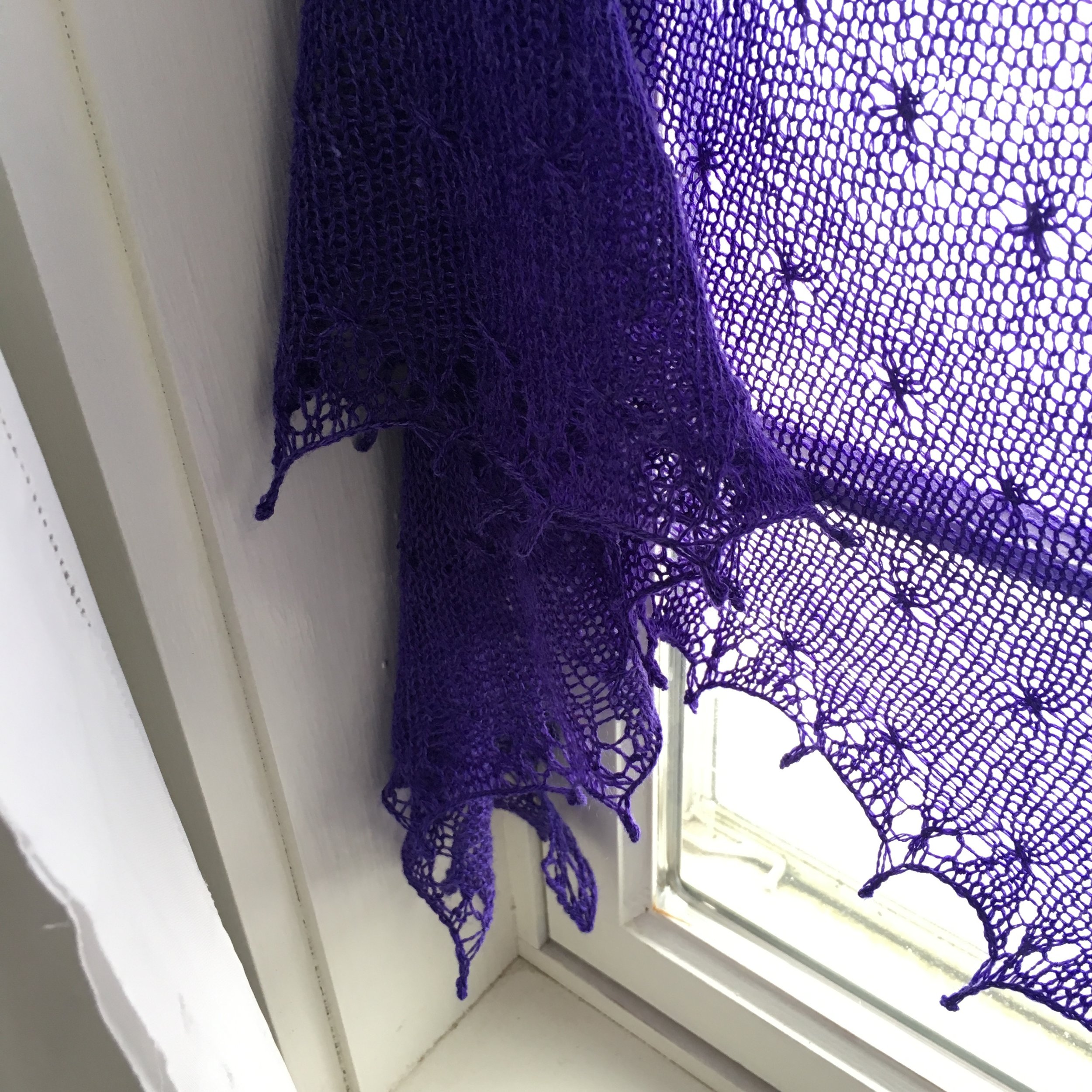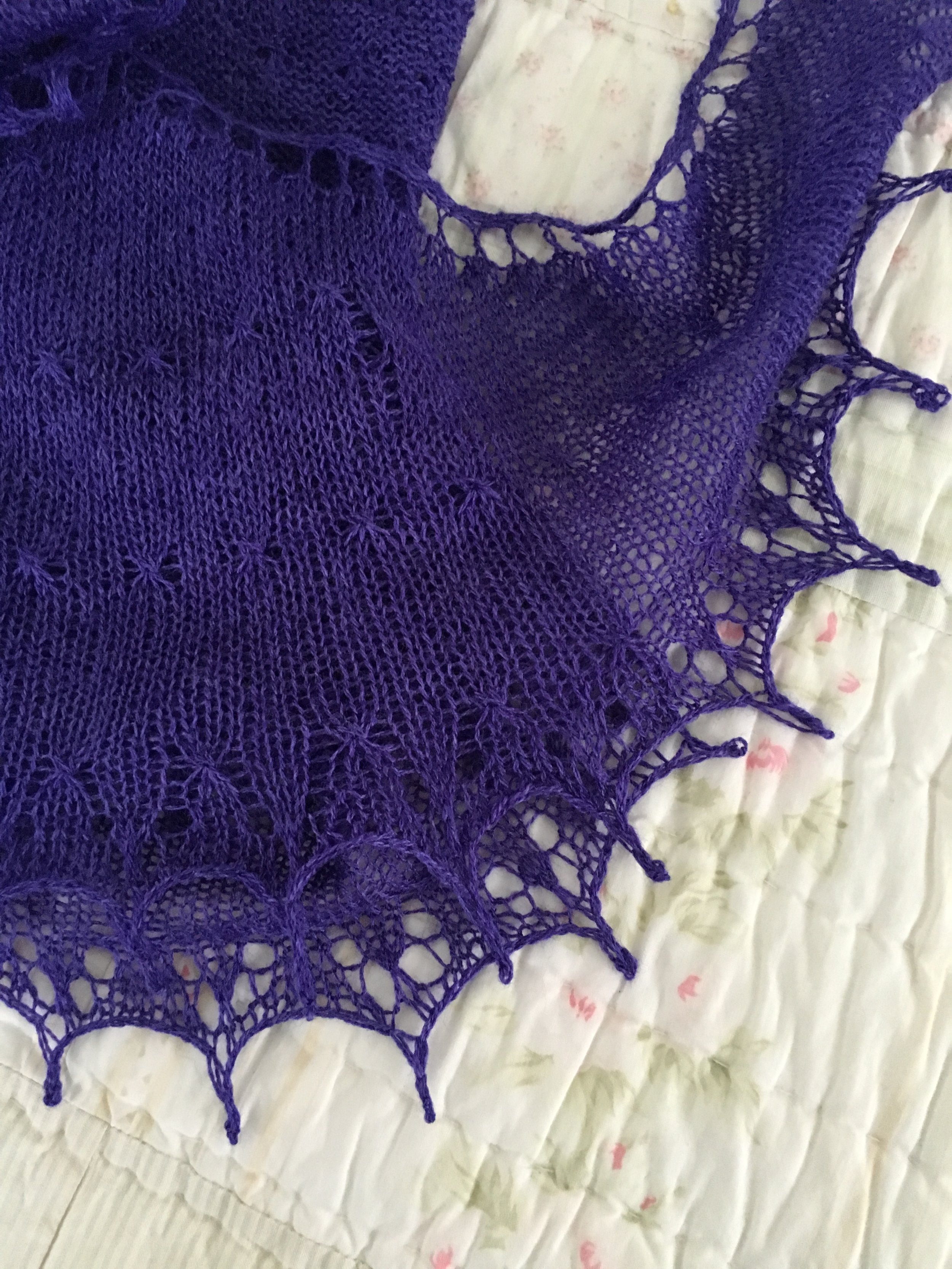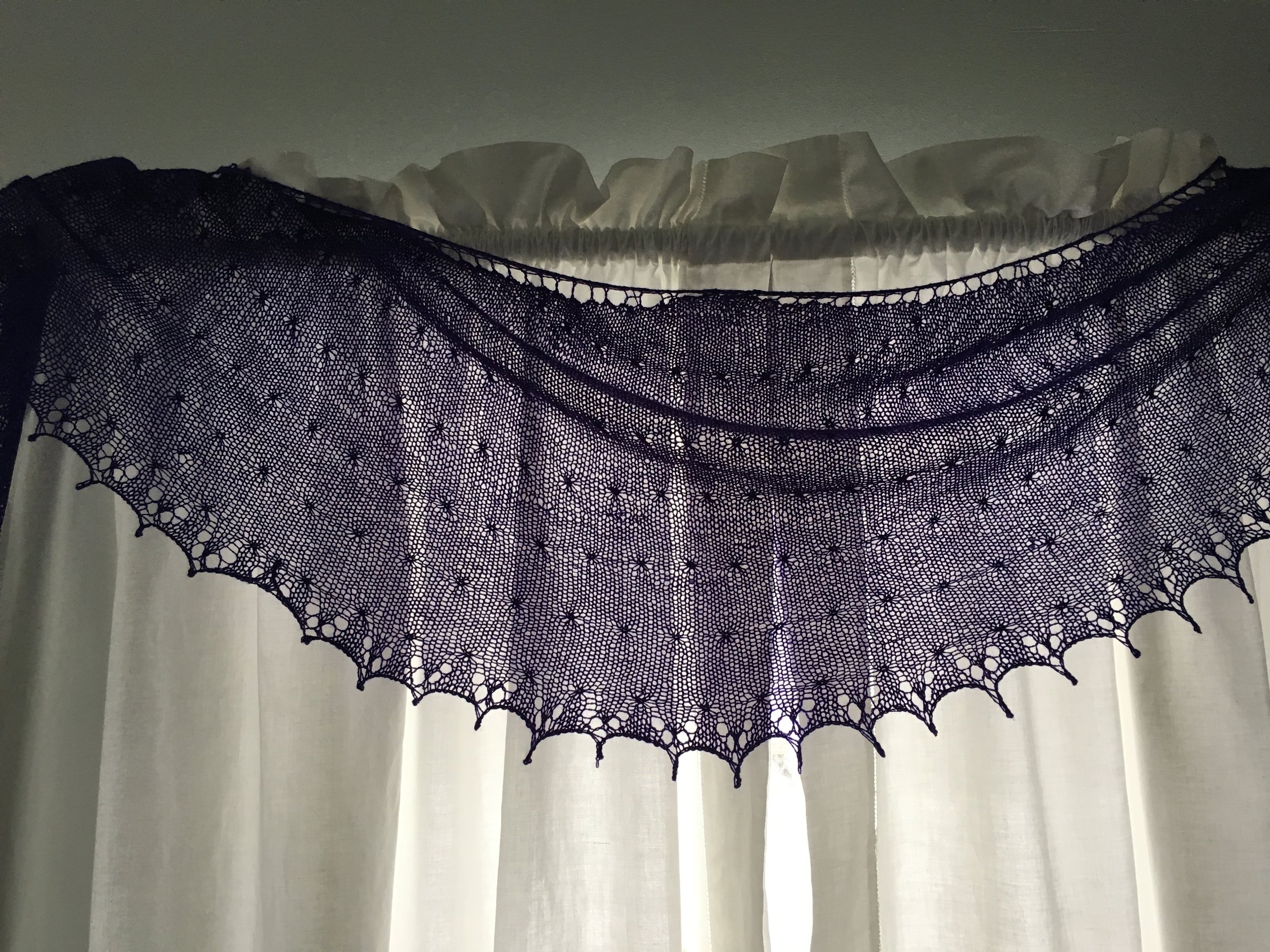Heading into space with Stephen
So a few weeks ago I was randomly scrolling on Ravelry and noticed a pattern placeholder for Stephen West’s upcoming annual Mystery Shawl KAL. And I was intrigued. I”m not a huge KAL person - I tend to be the one jumping on the bandwagon of a particular pattern approximately 5 years after everyone else - and I’m not a huge fan of many of Stephen’s designs (So. Much. Neon.) But…I’ve been sorely lacking in knitting mojo for a long time now, and I was in the midst of cleaning out and reorganizing my stash closet, so I took a closer look.
Two key points that sold me on joining this KAL: Geometric and gradient - I could use colors that were related to each other instead of having to throw things together and hope that they would look good in the final product, and I adore geometric motifs. The shawl also only calls for 1520 yds (so 4 skeins of ~380 yds each) so likely won’t end up being large enough to need to be blocked on a king-sized bed.
And then there was my stash clean out - maybe I could spin the yarn for the KAL and kill 2 birds with 1 stone: kick start some knitting and reduce the pile of wool that I needed to cram back into my closet. Win, win, right?
I pulled out some Victoria Sponge batts from long ago and decided to take a whirl with spinning them up and seeing how they might work together for a “gradient”. These batts were an experiment from many years ago at layering one color/type of fiber in-between 2 outer layers, like the jam in a traditional Victoria Sponge cake. I didn’t have 4 sets of batts in a true light-to-dark gradient, but I did find 4 different colors that I thought could potentially work together.
Color 1 is 66% undyded BFL and 33% natural brown Corriedale. Color 2 is a mix of 2 different batts - one set was 50% BFL (green) and 50% Wensleydale (gold shades) and the second was 66% natural Romney and 33% BFL in green and purple.
Moving to the second row of the gallery, Color 3 is 50% purple Charollais and 50% Wensleydale. Finally, the pi nk batts for Color 4 are 50% grey Shetland, 25% pink BFL and 25% pink Wensleydale.
Sort of a gradient
All batts were stripped lengthwise into 3-4 pieces and spun with a short forward draw at a 1:15 ration on may Lendrum. They were then plied at 1:12 on the same wheel - for some of them (#3 in particular) I probably should have plied at a slightly lower ratio as it’s somewhat overplied, but so be it!
The good news is that I had a really good time spinning these batts and it’s great to have them spun up as examples of what happens with that type of color layering.
The bad news is that I don’t have enough yarn for the KAL - I needed about 380 yards of each, and what I ended up with is well short of that (Color 1: 290 yds; Color 2: 186 yds; Color 3: 177 yds; Color 4: 299 yds). It’s a good example of how longwools (like Wensleydale) can affect yardage - I find that they tend to create a very dense yarn, without the loft and spring of something with some more crimpy fibers like Corriedale.
So now I will have to stop by a yarn store this week and grab myself some skeins for the KAL - such a sad state of affairs! It might turn out that I have enough here to do the shawl, but since I don’t have any idea how much yardage of each color is needed, I’m not brave enough to start off with these and hope for the best! If it turns out I don’t have enough, I think the first and last colors will work really well together for a color work project - I have a bulky cowl design I need to get out that they might work well for if held double?

